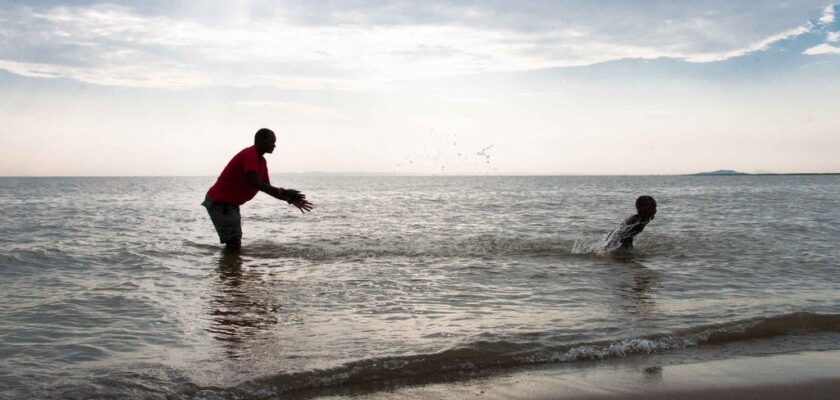Lake Rudolph (Turkana)
Lake Rudolph (or Turkana) is the largest desert lake in the world, located north of Nairobi, about 750 km away. It appears like a mirage amidst a vast lunar landscape of extinct volcanoes and lava fields. Rudolph is the northernmost of Kenya’s Rift Valley lakes and is also called the Jade Sea because of the blue and green hues that result from algae. Lake Rudolph is drained into Lake Rudolph by the Omo River, which originates in Ethiopia, and since there are no streams flowing out of it, the lake’s water level depends on the amount of rainfall in Ethiopia.
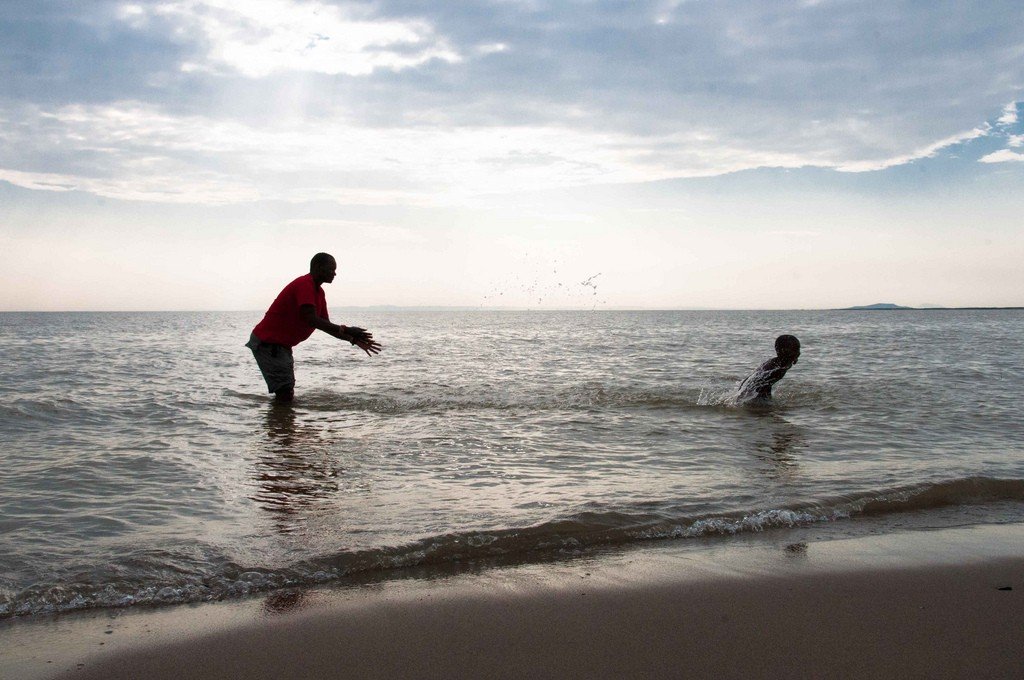
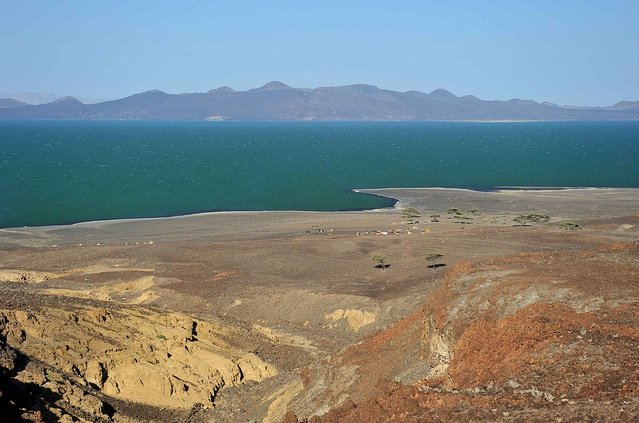
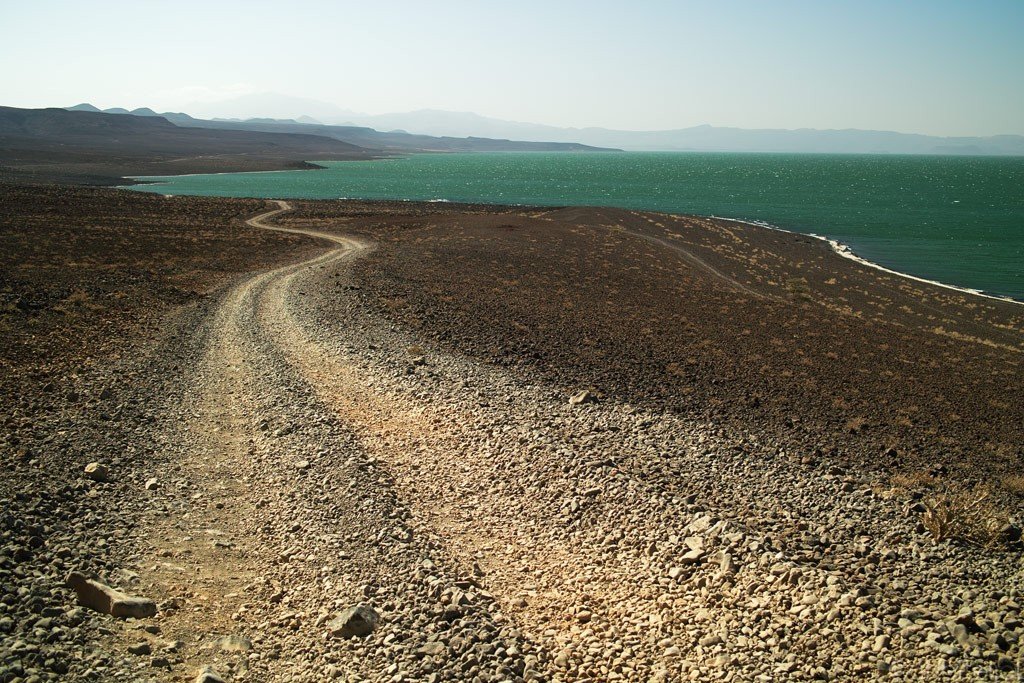
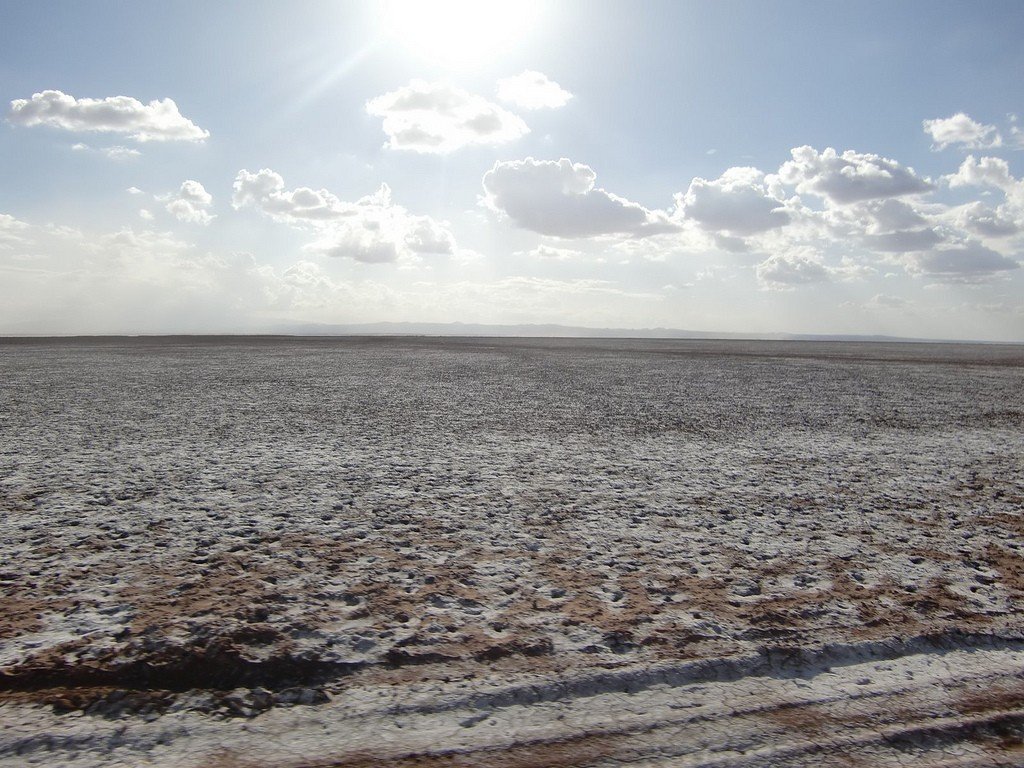
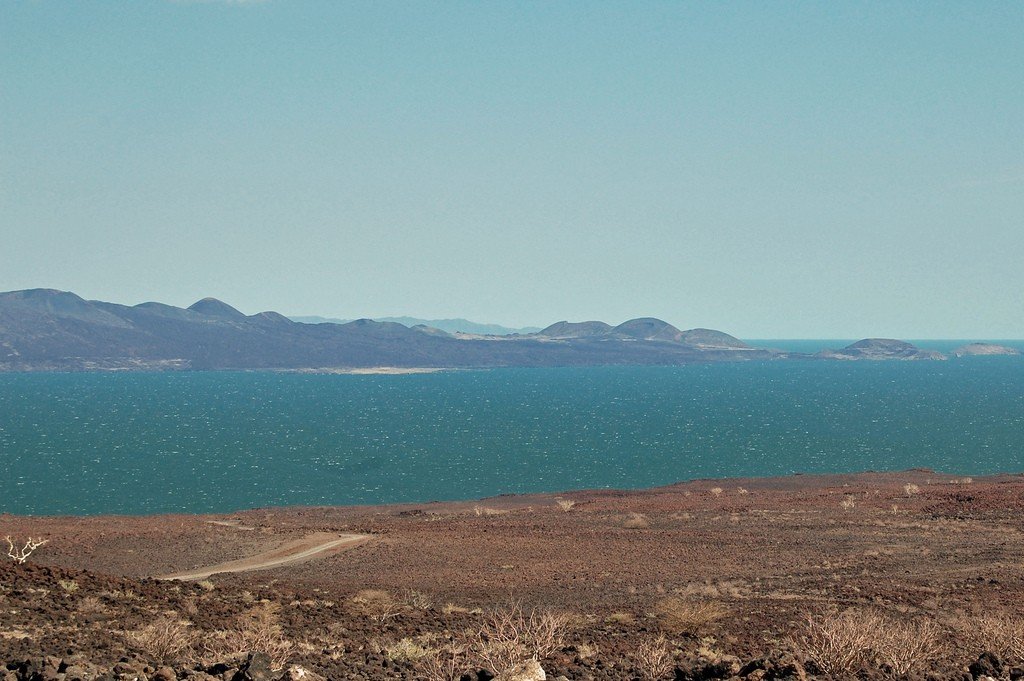
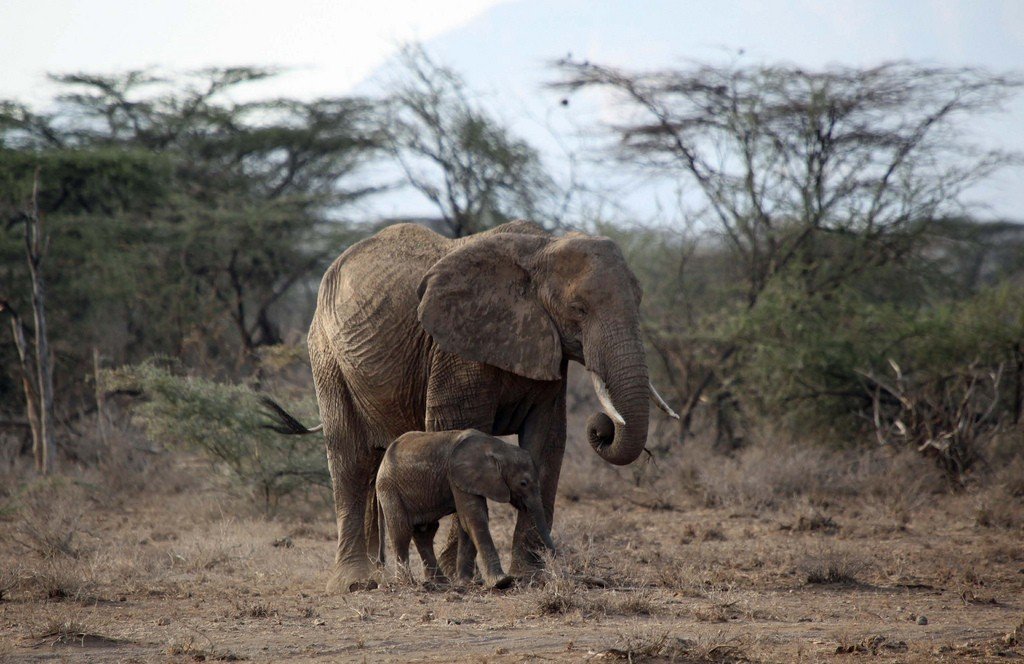
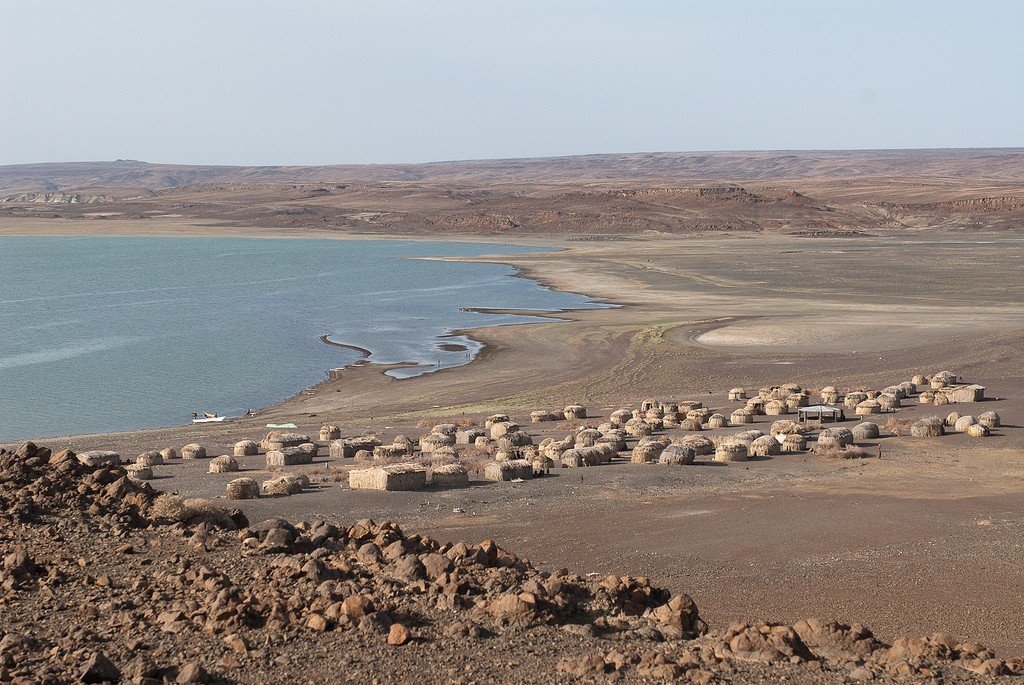
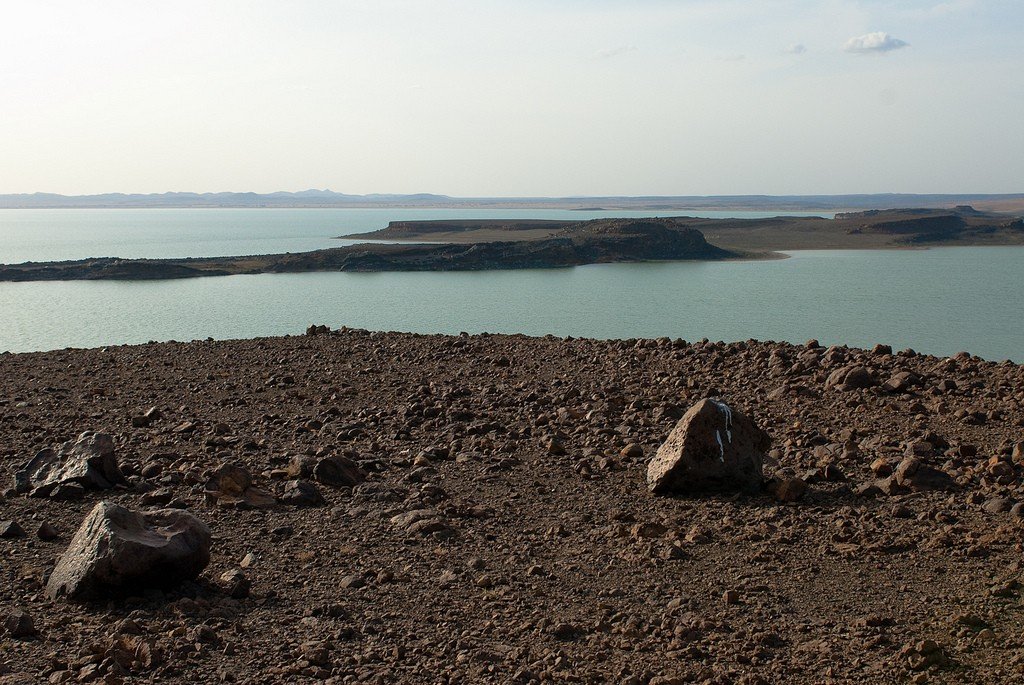
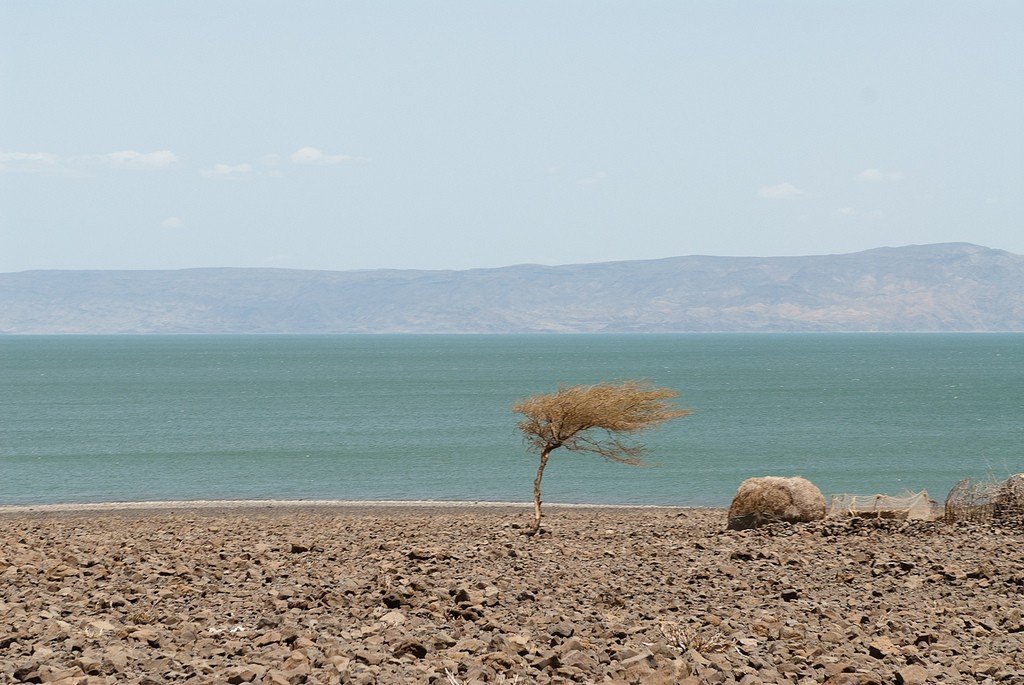
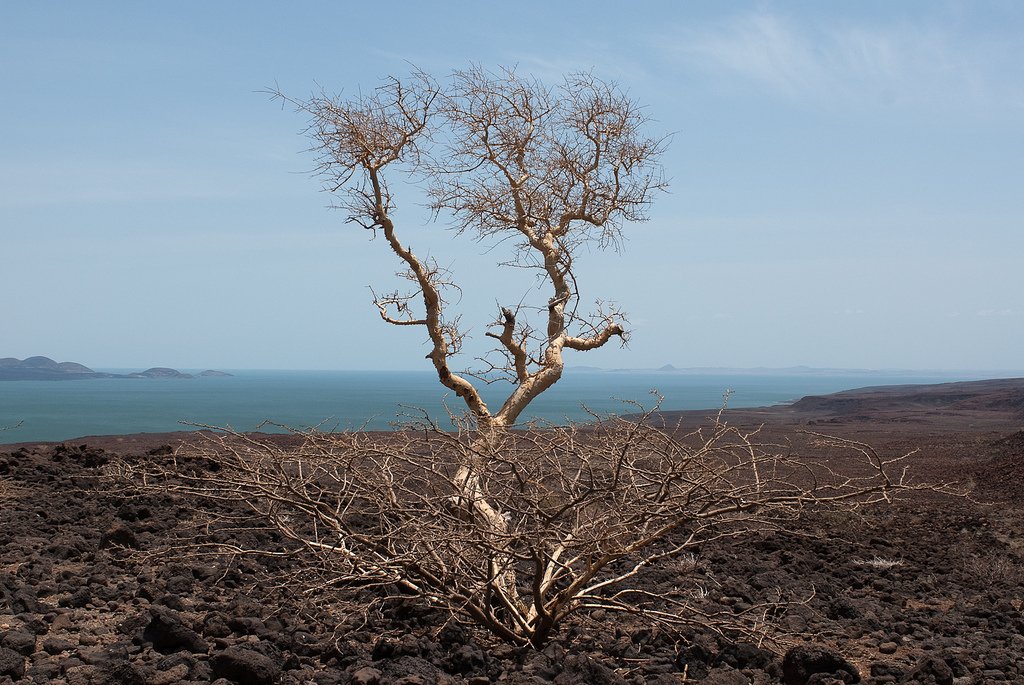
General Information
The shape of Lake Rudolph dates back to the Jurassic period, and it was discovered by aliens from the West in 1888, when an Austrian explorer found human skulls and bones here. Another 80 years later, Lake Rudolf became famous thanks to the fact that Richard Leakey discovered fossil remains here, which are more than three million years old. It is believed that this is where man first began walking upright.
.
Many crucial paleontological and paleoanthropological discoveries have been made in the vicinity of the lake. On the eastern shore of the lake, in the Koobi Fora area; to the north, in the Omo River valley; and to the southwest, the Lotagam and Kanapoi sites.
The unique stratigraphy of the Omo River Gorge, on whose slopes alternate layers containing fossils and interlayers of volcanic tuffs, made it possible to compile an extremely accurate and detailed stratigraphic scale for the period of 1-4 million years.
.Today, tourists flock to the lake to admire the crocodiles. There are 22,000 Nile crocodiles, as well as hippos, venomous snakes, Grevy’s and plains zebras, giraffes, camels and more than 40 species of fish. Migratory birds are also found here, with flocks of flamingos coming here.
